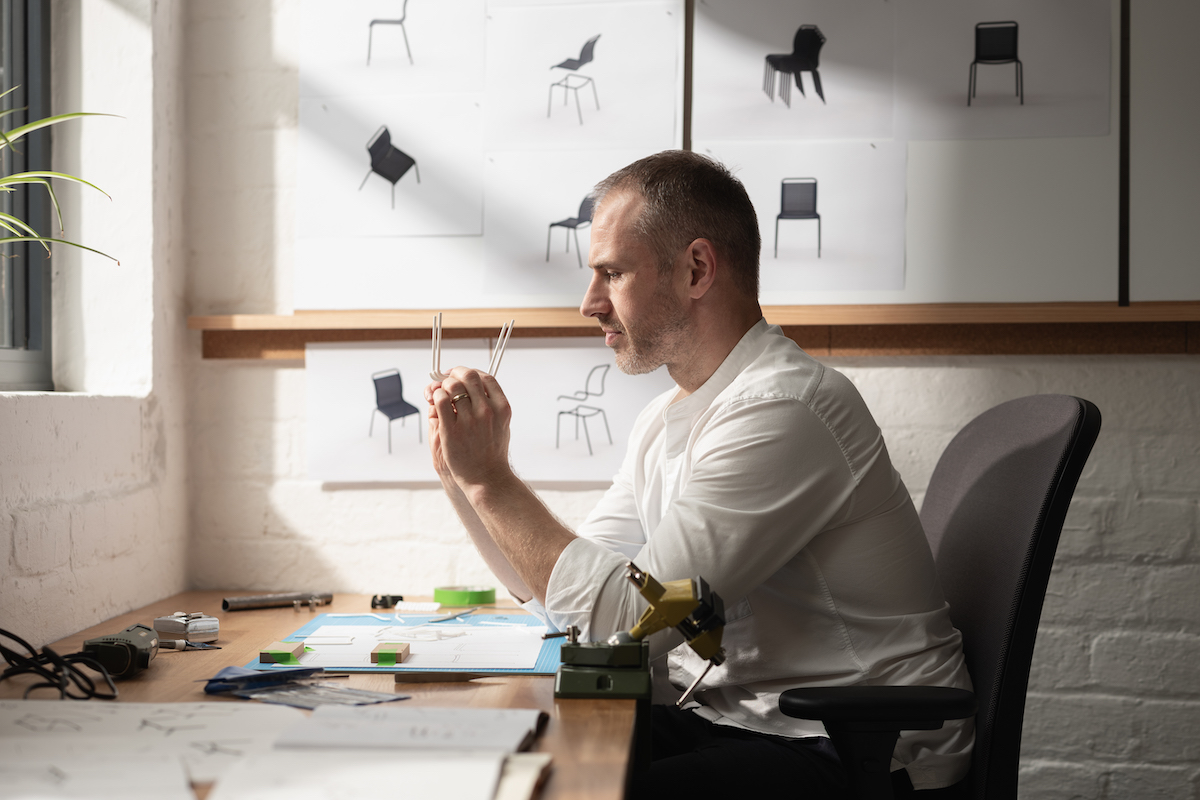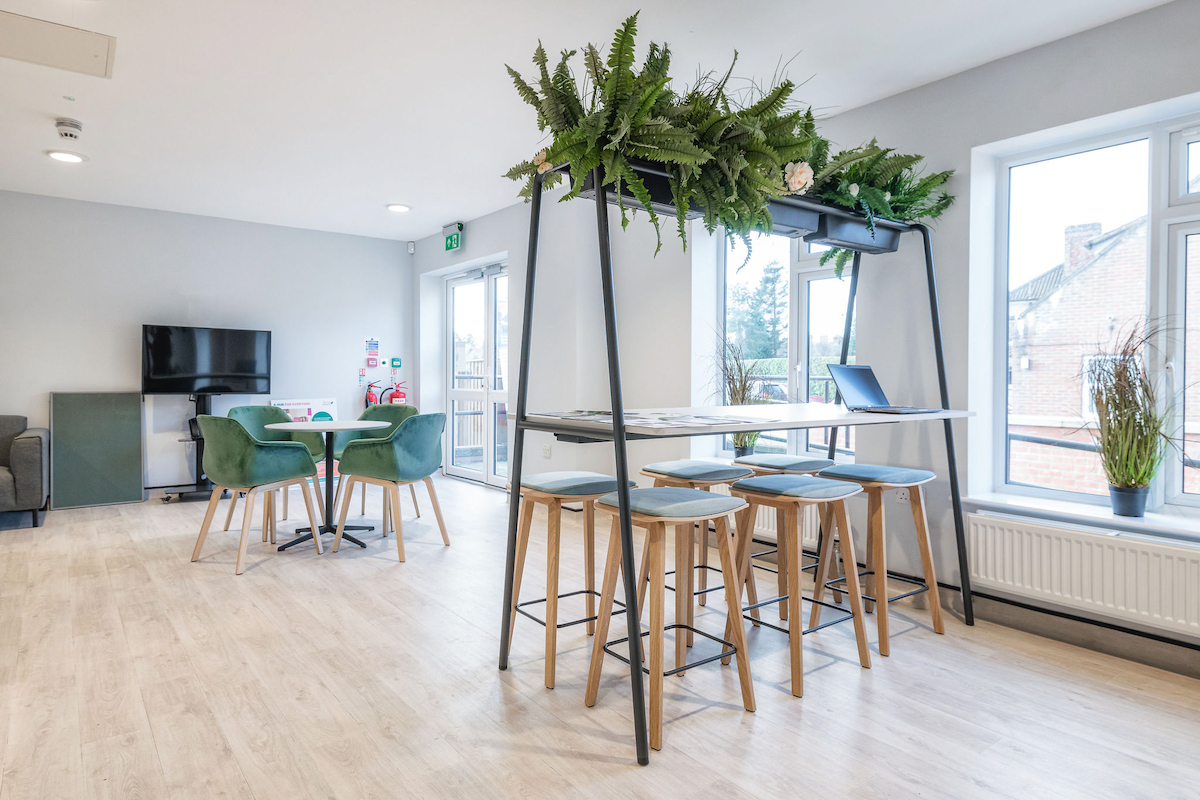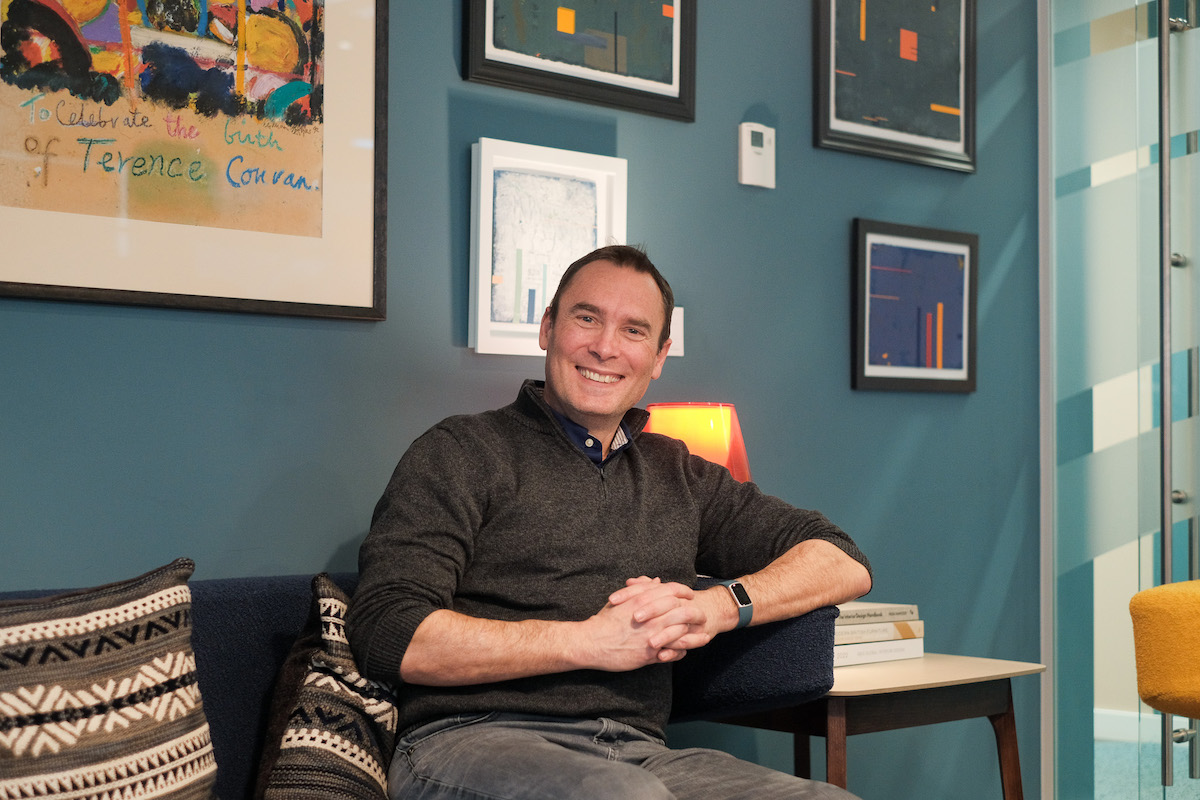When is a fabric considered a ‘technical fabric’?
There’s no one definitive definition for what makes a fabric ‘technical’, but at Agua, we’ve got a pretty good idea of what this entails...
When it comes to seating – whether sofas, benches or armchairs – fabric is everything. It must look the part, with the right texture and handle, but it also needs to perform. This is especially true in a commercial setting, which is why we won’t release a product unless it ticks a number of stringent boxes. Every brand has a different take on what makes a fabric ‘technical’, but at Agua we keep things simple. Each of our faux leathers, velvets and soft fabrics have a number of technical performance qualities that ensure they perform as well as they look.
What is a technical fabric, though? It’s essentially a fabric that has some level of performance, whether in the form of waterproofness, stain resistance or fire retardancy. Like with technical performance clothing, which is often water-resistant or especially lightweight and breathable, technical upholstery fabrics do more than just look good. They are known for their ability to high volumes of daily wear and tear over the long term, whether with the unique demands of a hospital floor or avoiding cocktail spills in an east London hotel lobby. There are, of course, different levels to technical fabrics. Some might only be fire retardant, while others might also be waterproof, stain resistant and Martindale rated.
When it comes to these properties for our own fabrics, we don’t do things by halves. All of our fabrics boast a number of qualities that ensure they perform to the highest level, day-in, day-out. For starters, they are all incredibly durable. We don’t bring anything new to the market with a Martindale rating of less than 50,000. For those who are new to the concept, the Martindale test is an internationally recognised method of measuring the durability of a fabric. The rating is calculated by rubbing an oscillating sandpaper disk across the fabric until it begins to show distress. A score of between 20,000-25,000 is advised for general domestic use, while 30,000 or more is recommended for heavy commercial use in any environment. Our base rating of 50,000 is above and beyond, and indicates the lengths we go to to ensure long-lasting quality.
Another key technical quality is fire retardancy. As standard, all of our fabrics are fire retardant to level crib 5, which is the UK legal requirement. This makes everything from our Fleck faux leathers (pictured top) through to our Primeira velvets (pictured above) highly resistant to combustion, so you can order with confidence. Aside from that, each of our creations come with a number of other technical qualities. Each is waterproof, anti-microbial and stain resistant, so for commercial use in a highly populated public place, this makes them particularly useful.
A common misconception is that technical fabrics must sacrifice aesthetics in order to perform. This is something we’re always looking to counter, and it’s why we place so much importance in the way our fabrics look and feel. Take one of our newest creations, Eden, (pictured above) as an example. It’s texture-packed and boasts an opulent mouline yarn, woven in a tactile hopsack style, making it look as though it’s been handmade from silk or linen. It’s incredibly soft to the touch, but its luxurious look hides a formidable stat sheet. It comes with a 90,000 Martindale rating, which is three times the commercial grade standard, and it’s also finished with our AguaGuard365 technology, making it impermeable to germs and viruses.
The Eden collection sums up what Agua is all about. Not only do our products perform to the highest level; they can also help transform a space with their unique textures, rich colours and intricate weaves, balancing both technicality and style. Indeed, we prove that technical fabrics can look and feel good while also offering – and far exceeding – the performance qualities required for the contract market.
Explore all our collections here


